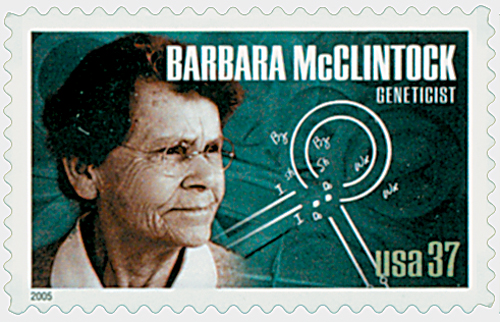
# 3906 - 2005 37c American Scientist: Barbara McClintock
37¢ Barbara McClintock
American Scientists
City: New Haven, CT
Printing Method: Lithographed
Color: Multicolored
Birth Of Barbara McClintock
When McClintock was a child, her parents decided that her given name, Eleanor, was too feminine for her and renamed her Barbara instead. The third of four children, she was an independent child from an early age.
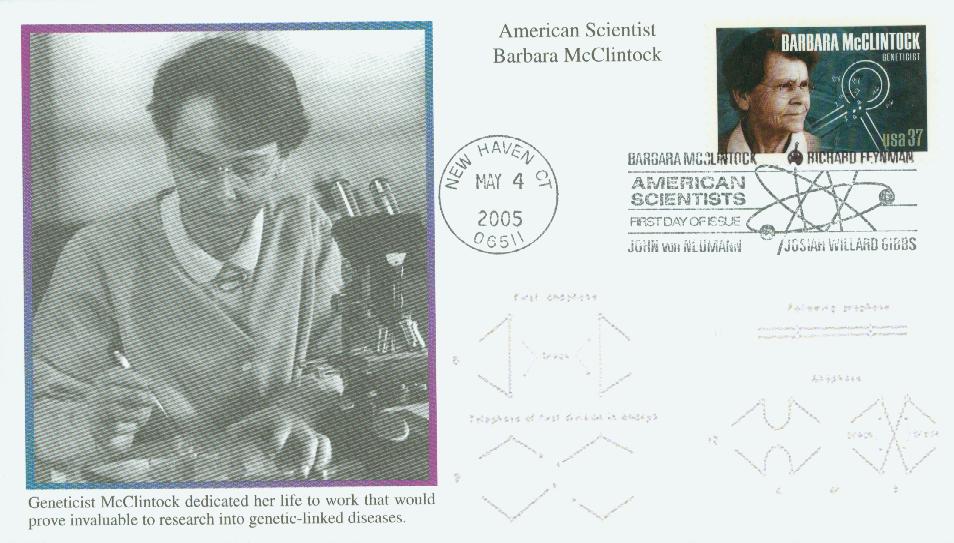
McClintock’s family moved to Brooklyn in 1908 and she graduated from high school early in 1919. While in school she realized her love of science and decided she wanted to go to Cornell University’s College of Agriculture. Initially, her mother didn’t want her to go because she thought it might prevent her from getting married, but her father helped sway her in time for enrollment.
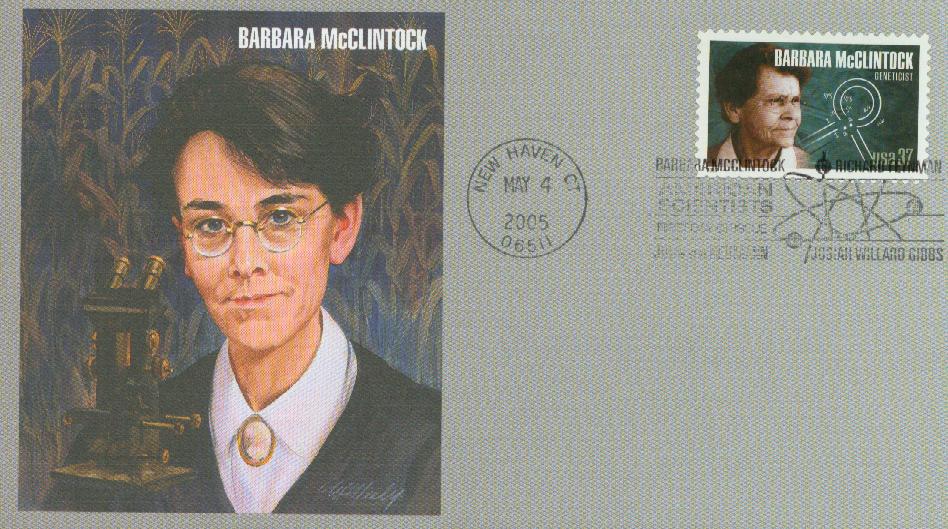
McClintock went to Cornell that fall and joined the student government and played music. She studied botany and earned her bachelors in science in 1923. During her time there, McClintock studied genetics and was urged by her professor to participate in the graduate genetics course. McClintock said this teacher “cast the die for my future. I remained in genetics thereafter.” She went on to earn her MS and PhD in 1925 and 1927.
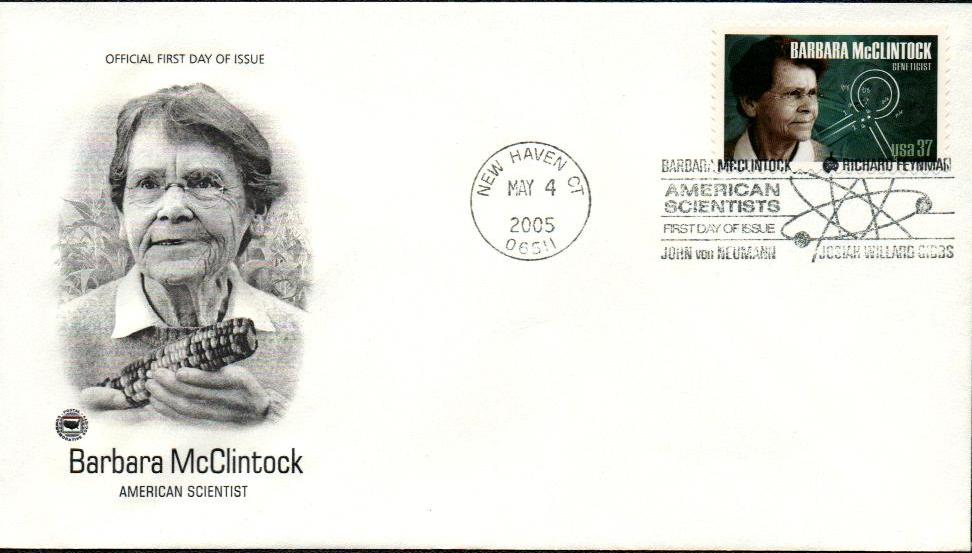
McClintock remained at Cornell after graduation as a botany instructor. During this time she put together a group that studied the emerging field of cytogenetics (how chromosomes relate to cell behavior) in maize. In particular, McClintock focused on finding ways to identify maize chromosomes. McClintock and her partners published their findings, which brought her greater attention and earned her several fellowships from the National Research Council. This gave her funding to continue her research at Cornell, the University of Missouri, and the California Institute of Technology. She also got a fellowship from the Guggenheim Foundation that allowed her to go to Germany for six months of training.
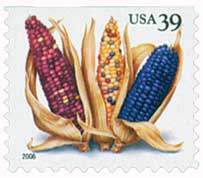
In 1941, McClintock was hired for one year at Carnegie Institute’s laboratory on Long Island, New York. There she bred and crossbred maize on a little plot of land near Long Island Sound. “One year” stretched into 26 years of careful planting, pollination, and observation. In 1967, she retired from the Institute but was invited to stay on as a researcher. By that time, she had been recognized as one of the best in her field and was elected a member of the National Academy of Sciences.
McClintock found that color changes in successive generations of maize were turned on or off by genetic “switches.” Moreover, these switches could move from one part of a chromosome to another. Her discovery was crucial to later genetic research.
Click here for more about McClintock from the Nobel Prize website.
37¢ Barbara McClintock
American Scientists
City: New Haven, CT
Printing Method: Lithographed
Color: Multicolored
Birth Of Barbara McClintock
When McClintock was a child, her parents decided that her given name, Eleanor, was too feminine for her and renamed her Barbara instead. The third of four children, she was an independent child from an early age.

McClintock’s family moved to Brooklyn in 1908 and she graduated from high school early in 1919. While in school she realized her love of science and decided she wanted to go to Cornell University’s College of Agriculture. Initially, her mother didn’t want her to go because she thought it might prevent her from getting married, but her father helped sway her in time for enrollment.

McClintock went to Cornell that fall and joined the student government and played music. She studied botany and earned her bachelors in science in 1923. During her time there, McClintock studied genetics and was urged by her professor to participate in the graduate genetics course. McClintock said this teacher “cast the die for my future. I remained in genetics thereafter.” She went on to earn her MS and PhD in 1925 and 1927.

McClintock remained at Cornell after graduation as a botany instructor. During this time she put together a group that studied the emerging field of cytogenetics (how chromosomes relate to cell behavior) in maize. In particular, McClintock focused on finding ways to identify maize chromosomes. McClintock and her partners published their findings, which brought her greater attention and earned her several fellowships from the National Research Council. This gave her funding to continue her research at Cornell, the University of Missouri, and the California Institute of Technology. She also got a fellowship from the Guggenheim Foundation that allowed her to go to Germany for six months of training.

In 1941, McClintock was hired for one year at Carnegie Institute’s laboratory on Long Island, New York. There she bred and crossbred maize on a little plot of land near Long Island Sound. “One year” stretched into 26 years of careful planting, pollination, and observation. In 1967, she retired from the Institute but was invited to stay on as a researcher. By that time, she had been recognized as one of the best in her field and was elected a member of the National Academy of Sciences.
McClintock found that color changes in successive generations of maize were turned on or off by genetic “switches.” Moreover, these switches could move from one part of a chromosome to another. Her discovery was crucial to later genetic research.
Click here for more about McClintock from the Nobel Prize website.







